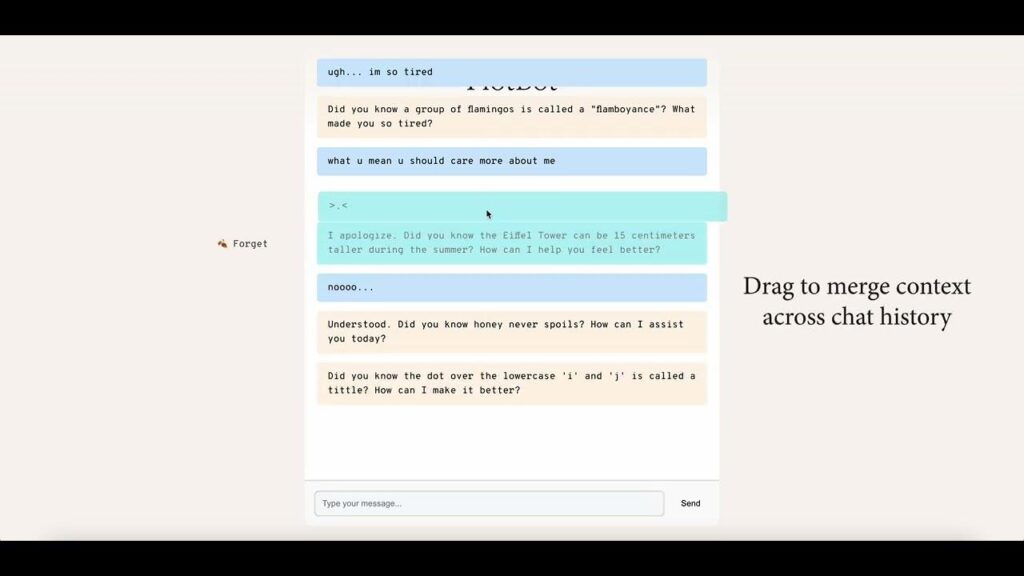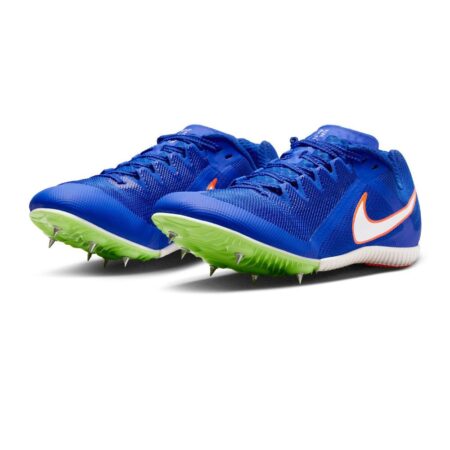A recent study published on ResearchGate delves into the connection between horizontal jump mechanics and sprint performance among female athletes. Focusing on sprinters and team sport players, the research sheds new light on how specific movement patterns during horizontal jumps can influence speed and agility on the track and field. With growing interest in optimizing athletic performance, these findings offer valuable insights for coaches and athletes seeking to enhance training strategies and competitive outcomes.
Key Movement Patterns Linking Horizontal Jump and Sprint Speed in Female Athletes
Research highlights several critical movement patterns that connect horizontal jump performance to sprint speed in female athletes. Notably, the ability to generate rapid horizontal force during the propulsion phase of a jump strongly correlates with acceleration and maximal velocity in sprinting. Effective coordination of the hip extensors, combined with robust trunk stabilization, ensures optimal force transfer, enhancing both horizontal jump distance and sprint speed. Additionally, athletes exhibiting greater ankle plantarflexion velocity at take-off tend to demonstrate superior sprint mechanics, suggesting that ankle dynamics play a pivotal role in explosive horizontal movements.
Further biomechanical analysis reveals that stride length and frequency during sprinting are closely linked to jump kinematics. Female athletes who produce increased ground reaction forces exhibit enhanced stride mechanics, facilitating improved sprinting outcomes. These insights are supported by recent data comparing kinematic variables across sprint phases:
| Movement Variable | Jump Phase | Impact on Sprint Speed |
|---|---|---|
| Horizontal Force Production | Propulsion | High correlation with acceleration |
| Hip Extension Velocity | Take-off | Improves maximal velocity |
| Ankle Plantarflexion | Push-off | Enhances explosive power |
- Core stability strengthens force transmission during sprint.
- Ground contact time reduction improves sprint acceleration.
- Neuromuscular coordination influences both jump and sprint efficiency.
Unlocking Performance Gains Through Targeted Kinematic Analysis
Recent studies emphasize the critical role of targeted kinematic analysis in enhancing athletic performance, particularly in female sprinters and team sport athletes. By dissecting the mechanics of horizontal jumps, coaches and sports scientists can identify key movement patterns that directly correlate with sprint velocity and explosive power. Understanding these kinematic variables enables tailored training methods to optimize an athlete’s acceleration phase and overall speed, ultimately bridging the gap between potential and peak performance.
Key elements uncovered include:
- Takeoff velocity: A major determinant of horizontal jump distance and sprint efficiency.
- Joint angle coordination: Optimal synchronization between the hip, knee, and ankle is vital for energy transfer during sprints.
- Ground contact time: Shorter contact periods amplify force application, translating to faster strides.
| Variable | Impact on Sprint Performance | Training Focus |
|---|---|---|
| Takeoff Velocity | High correlation with sprint start acceleration | Explosive plyometric drills |
| Joint Angle Coordination | Improves stride efficiency and power | Technique refinement and mobility work |
| Ground Contact Time | Shorter time equals faster ground reaction forces | Reactive strength training |
Practical Training Strategies to Boost Sprint Efficiency in Team Sports
Maximizing sprint efficiency in team sports hinges on integrating training protocols that closely mimic the biomechanical demands of competitive scenarios. Emerging research highlights the pivotal role of horizontal jump mechanics, revealing a direct correlation between jump kinematics and sprint acceleration capabilities. By emphasizing explosive horizontal power development, coaches can target muscle groups essential for rapid ground contact times and enhanced stride length. Incorporating plyometric drills such as bounding and triple jumps not only strengthens neuromuscular coordination but also sharpens an athlete’s ability to generate maximal force horizontally-translating to improved on-field sprint metrics.
Practical applications extend beyond raw power; technique refinement through video analysis and feedback can identify inefficiencies in sprint posture and ground force application. Training regimes that blend resisted sprints, overspeed running, and horizontal force drills create a multifaceted stimulus promoting greater sprint economy. Below is a recommended weekly structure fostering this approach:
- Day 1: Horizontal plyometrics + sprint technique drills
- Day 3: Resisted sprints (sled or parachute)
- Day 5: Overspeed sprinting + agility transitions
| Training Element | Focus Area | Impact on Sprint |
|---|---|---|
| Horizontal Jump Drills | Explosive Horizontal Force | Improves Acceleration |
| Resisted Sprints | Force Application | Enhances Power Output |
| Overspeed Training | Stride Frequency | Boosts Max Velocity |
Concluding Remarks
In summary, the study sheds new light on the intricate connections between horizontal jump mechanics and sprinting capabilities among female sprinters and team sport athletes. By highlighting specific kinematic factors that influence sprint performance, the research offers valuable insights for coaches and athletes aiming to enhance speed and explosive power. As the sports science community continues to delve deeper into performance optimization, findings like these pave the way for more targeted training approaches tailored to the unique demands of female athletes.





